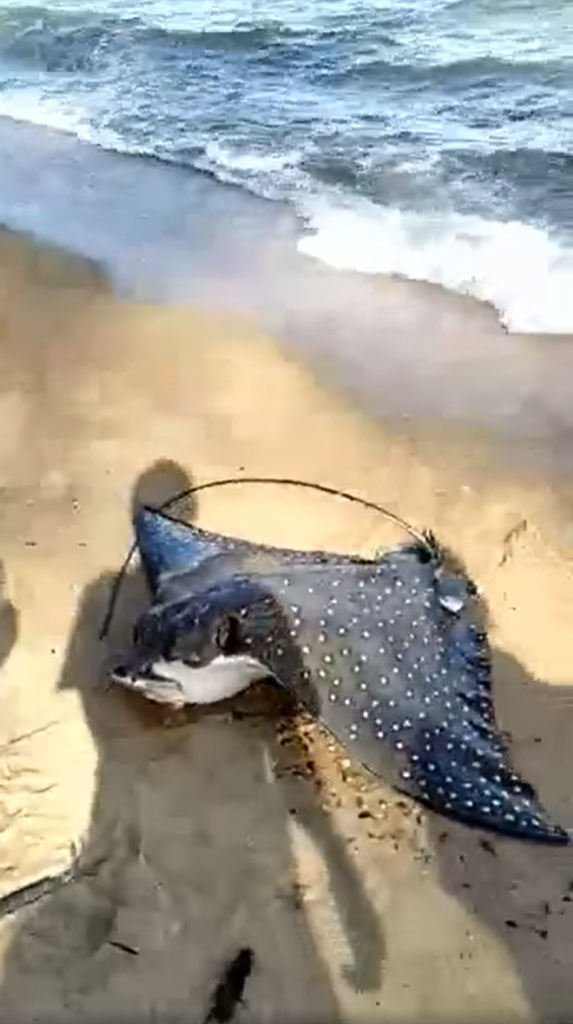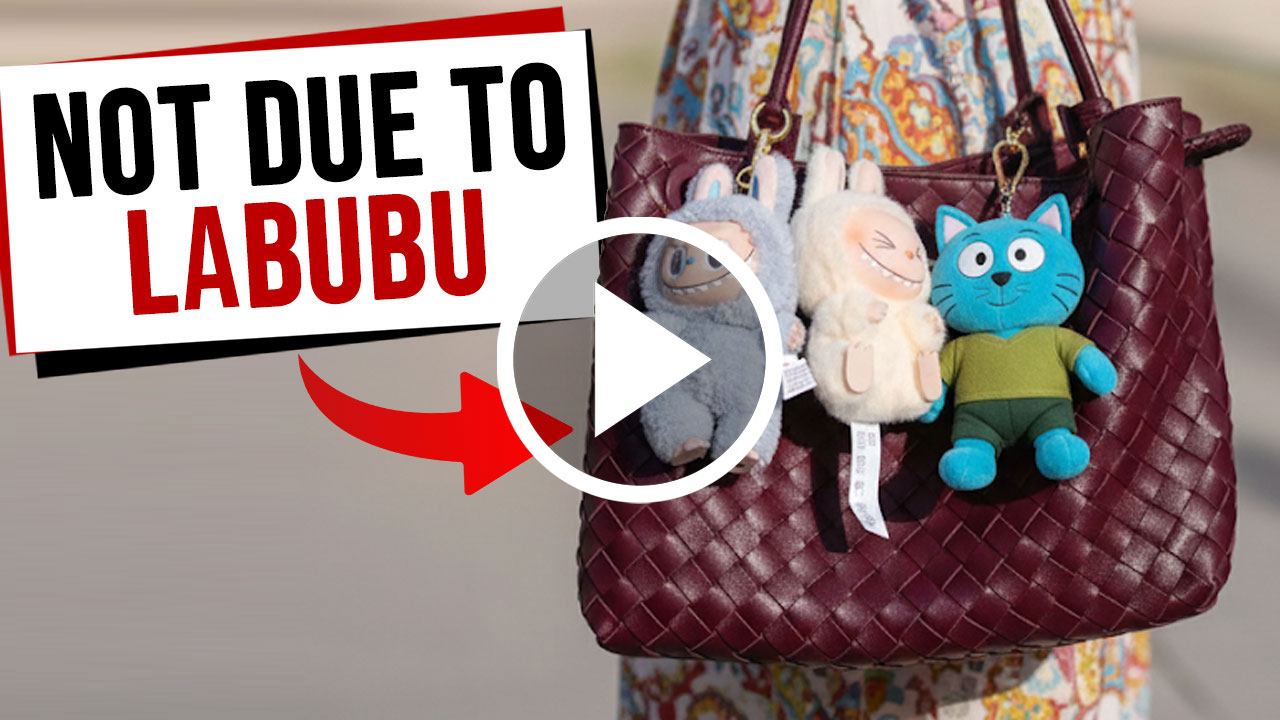When you go fishing, you never really know what your hook is going to reel in.
Typically, you’d pull in a decent-sized fish, take a picture for those much-needed likes on Instagram, and then release it back in to the wild.
On other days, however, you might just catch an endangered species that is rarely seen above water.
Everything About the Endangered Eagle Ray That Was Caught in ECP
That’s exactly what happened to some anglers who reeled in an eagle ray at East Coast Park last Friday (28 May).
A video of the incident was uploaded later that day on Facebook, and quickly made its rounds on social media. You can watch it below, though viewer discretion is advised.
The clip begins with a fisherman tugging hard on his fishing rod, as a mysterious and mightily strong creature caught by his hook tries to break free.
A group of onlookers have gathered to watch the struggle, with many taking a video of the incident.

After two other individuals joined in the tug of war, a large eagle ray surfaced on the shore, to the audible amazement of the spectators.
According to The Straits Times, the incident occurred near Bedok Jetty.

3 Species of Eagle Ray Recorded in Singapore
The eagle ray was later identified as the the white-spotted eagle ray, or Aetobatus ocellatus.
Of the three species of eagle rays recorded in Singapore, this white-spotted creature is the most frequently detected.
It is classified as a “vulnerable species” on the International Union for Conservation of Nature’s Red List of Threatened Species, meaning it’s at risk of extinction.
Anglers Should Release Fish if They’re Endangered
According to Mr Kelvin Lim, curator of vertebrate collections at the Lee Kong Chian Natural History Museum in the National University of Singapore (NUS), leisure fishermen typically can’t tell if they’ve caught an endangered fish.
But if they have, and the animal is not severely injured, they should release it back into the water.
This catch-and-release fishing may be the best practice for recreational fishing, as endangered species won’t be threatened.
Practioners of this type of fishing believe that sea creatures can heal from their hook wounds after being caught, but if a large fish is impaled by a big hook, it’s more likely to suffer serious injuries.
Assistant Professor Huang from NUS’ Department of Biological Sciences said the eagle ray would have been distressed when it got hooked, and even more so after it was pulled out of the water.
“We ought to avoid interacting or getting too close to threatened species. Rather, admire from a distance where possible to minimise further harm to them, and to prevent injuries to ourselves,” he said.
This isn’t the first time a huge ray was caught by anglers, however.
Last July, anglers at Bedok Jetty reeled in a massive 80kg honeycomb whipray.
Feature Image: Facebook (Raymond Khoo)




